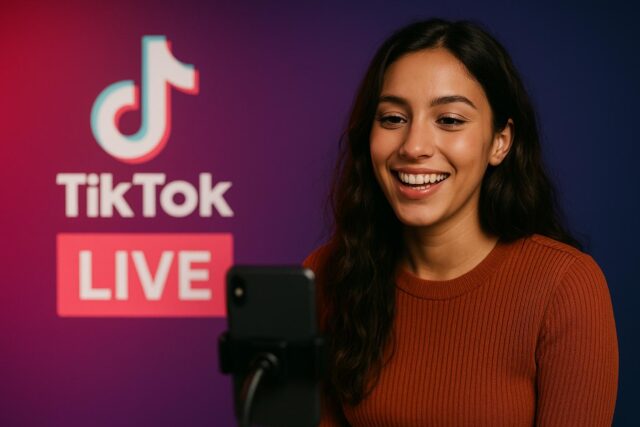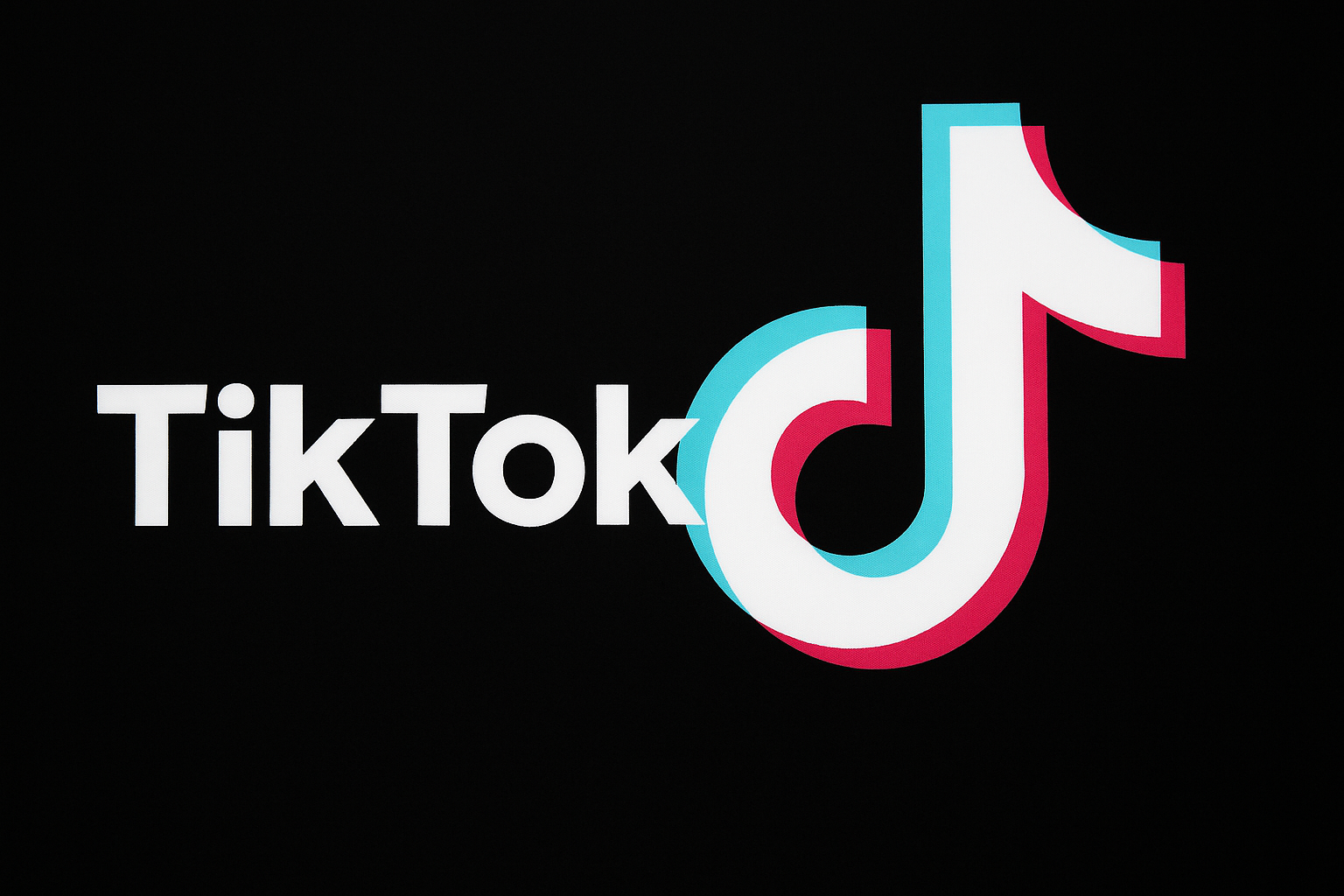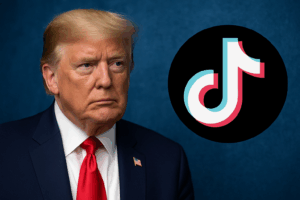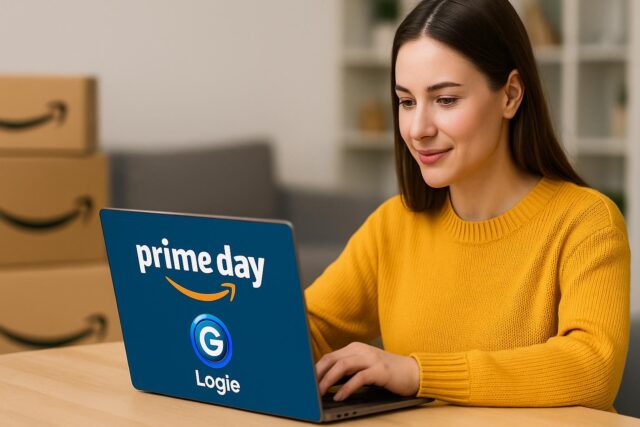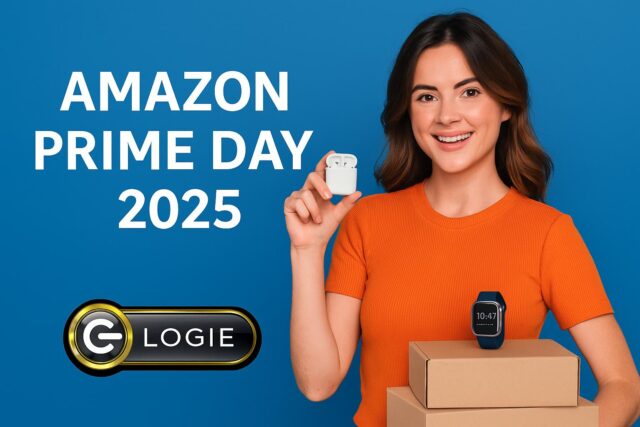TikTok’s Live Fan Club: How Creators Are Building Loyalty That Lasts
TikTok just gave creators a new way to connect with fans, and it’s more than just flashy badges. The platform’s new Live Fan Club feature is quietly becoming one of its most powerful engagement tools.
It rewards loyal viewers, boosts interaction during lives, and creates a sense of community that could eventually translate into real revenue.
But it’s not just about perks and popularity. TikTok is doubling down on loyalty, live content, and monetization, all while facing major pressure from U.S. regulators. And with Community Fest 2025 in full swing, Fan Clubs are front and center in TikTok’s strategy.
In this article, we’ll explain Fan Clubs, why they matter now, and what creators and brands should pay close attention to.
So, What’s the Live Fan Club Anyway?
The Live Fan Club is a VIP section for your most loyal TikTok LIVE viewers. It’s free to join, and gives fans some pretty cool benefits:
- A unique badge that shows up during live chats
- The chance to be featured in a Fan Club tab
- Exclusive messages from the creator
- Extra visibility during busy livestreams

For creators, it’s a great way to recognize your regulars, spark deeper conversations, and keep your LIVE room feeling more like a community than a crowd.
A Star Player in TikTok’s Community Fest 2025
If you’ve been on TikTok lately, you’ve probably seen the buzz about Community Fest. Like the creator Olympics, it’s a global celebration of live creators and their fans.
Fan Clubs are right at the heart of it. TikTok runs missions, reward systems, and team competitions that rely on Fan Club participation.
The more active and engaged your fan club is, the better your shot at climbing the leaderboard.
Translation? If you’ve been thinking of going LIVE more often, now’s the time.
For Creators in the TikTok Shop World
Here’s where it gets even more interesting: Fan Clubs may become a key tool for anyone selling products through TikTok Shop.
Because let’s be real: People don’t buy from strangers. They buy from creators they trust. With Fan Clubs:
- You know who your most engaged viewers are.
- You can build personal relationships with those fans.
- You can turn them into your first customers, brand ambassadors, or repeat buyers.
For brands scouting creators to partner with, a thriving Fan Club is a great sign that someone knows how to build a community, which often leads to higher conversions.
Meanwhile… U.S. Drama Still Looms
Of course, all of this is happening while TikTok is still on the chopping block in the U.S. Former President Trump recently granted yet another 90-day extension, buying TikTok time to figure out how to restructure its U.S. operations before the latest deadline, September 17, 2025.
So why does a feature like the Fan Club matter in this context? Because TikTok is showing that it’s not backing down.
It’s leaning in. More loyalty. More engagement. More reasons for creators and fans to stick around, no matter what politics are doing behind the scenes.
And Let’s Not Ignore Safety Concerns
TikTok has also been under scrutiny for serious livestream safety concerns, including troubling reports about children livestreaming in exploitative situations.
While the platform says it’s working on stronger moderation tools, fan clubs could also play a role here, adding structure and better oversight and giving creators more power over who gets visibility in their LIVE rooms.
Conclusion
This reflects TikTok’s long-term playbook that creators and brands should watch.
If you’re a creator:
Now’s your chance to build a tighter-knit community, reward your biggest supporters, and turn that loyalty into real-world opportunities, whether with TikTok Shop, partnerships, or even launching your product line.
If you’re a brand:
Start paying attention to more than just follower count. Creators nurturing active Fan Clubs likely have the kind of community trust that converts to sales.
In a world where short videos come and go in seconds, the Live Fan Club is TikTok’s answer to long-term loyalty. And honestly? It’s a pretty smart move.


